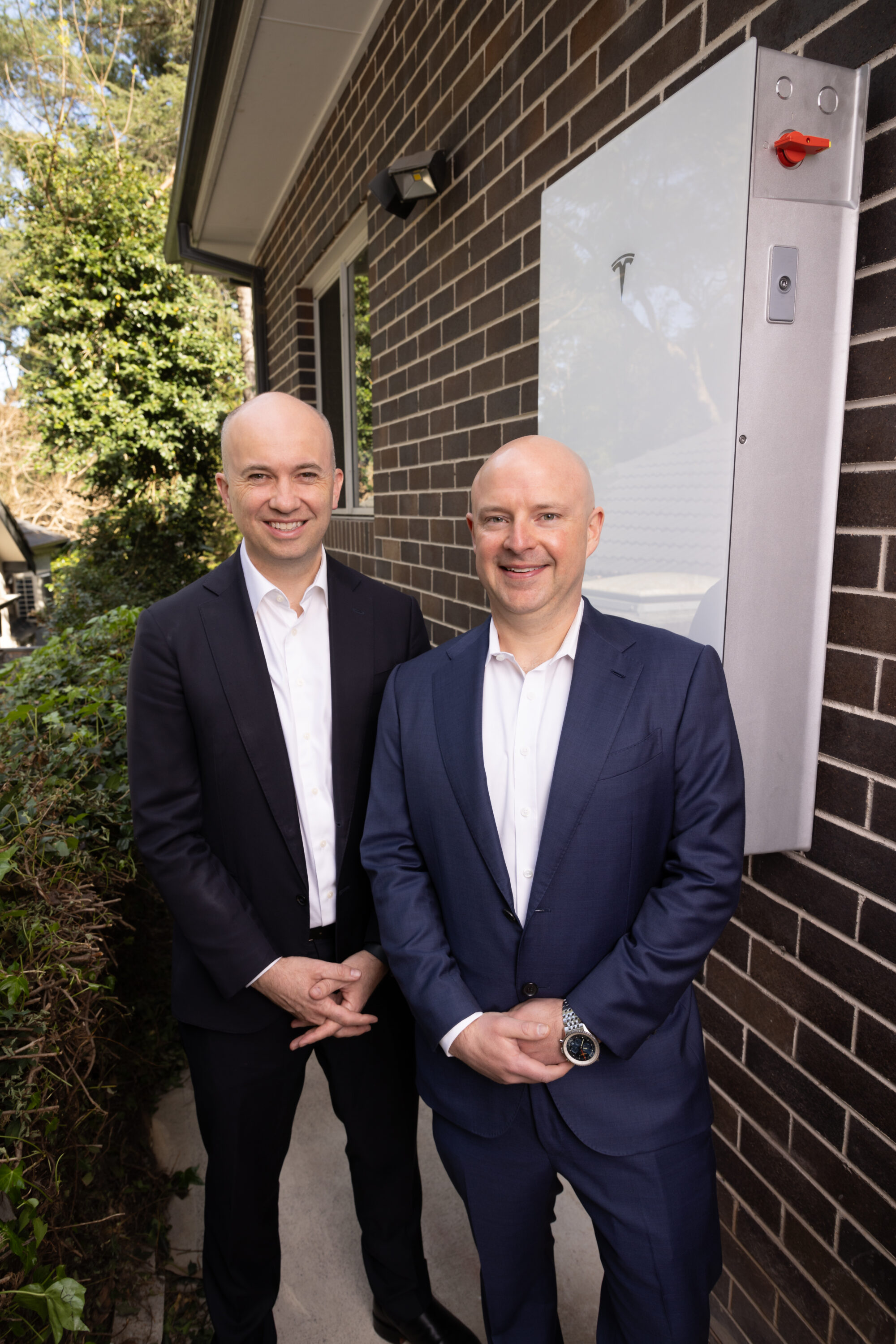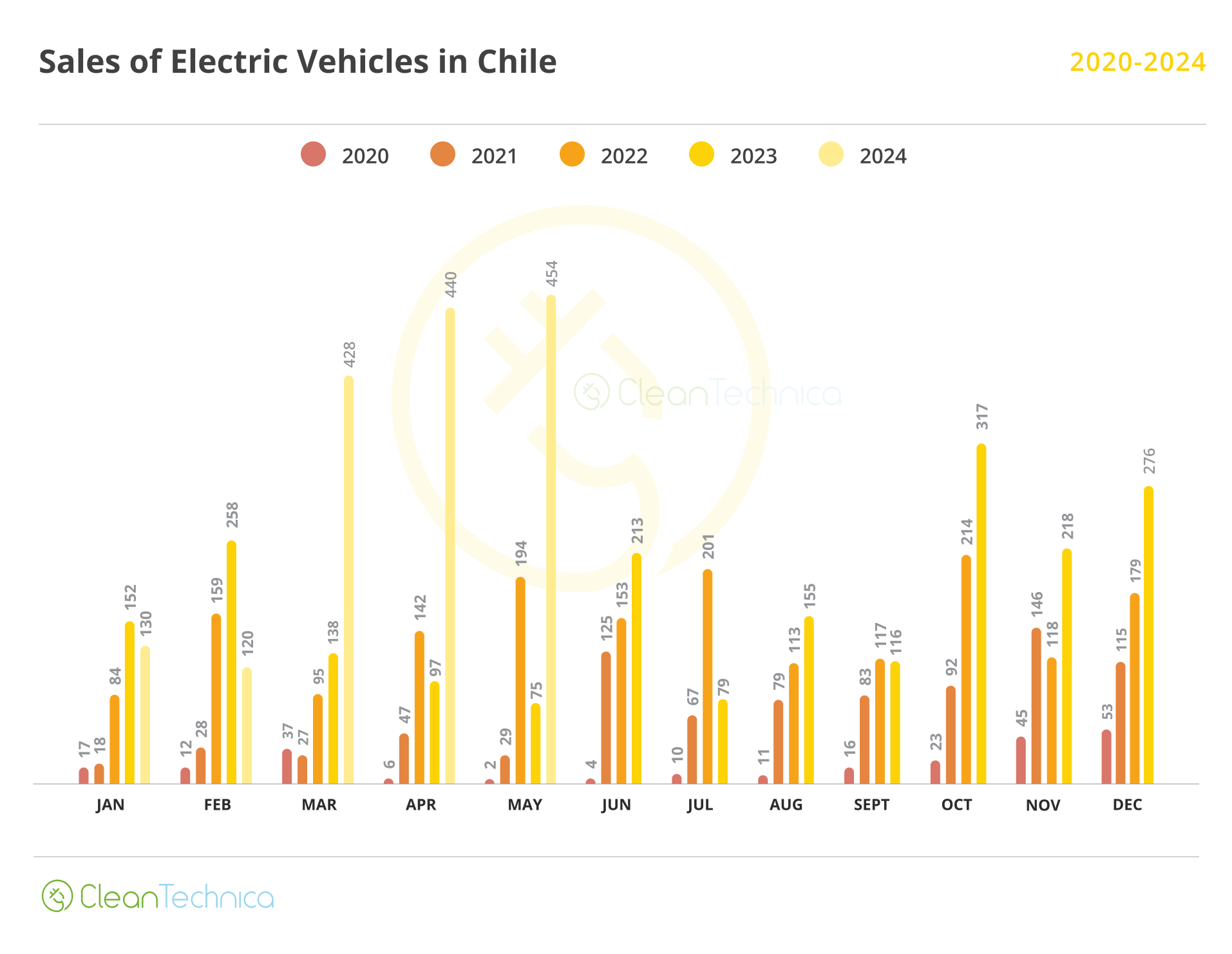Sign up for daily news updates from CleanTechnica on email. Or follow us on Google News!
With relatively low costs and a more robust supply chain than conventional lithium-ion batteries, magnesium batteries could power EVs and unlock more utility-scale energy storage, helping to shepherd more wind and solar energy into the grid. That depends on whether or not researchers can pick apart some of the technology obstacles in the way. The going has been slow, but recent developments indicate that things are moving in the right direction.
Magnesium Batteries Solve Their Dendrite Problem
Magnesium batteries have been talked up quite a bit since the early 2000s. They dropped off the CleanTechnica radar about five years ago, but some key advances are beginning to crop up, and now would be a good time to catch up (see our magnesium archive here).
One particularly interesting piece of news involves the dendrite problem, which are the tiny fernlike growths that form inside rechargeable batteries, leading to short circuits and a shorter lifespan. Dendrites are a familiar challenge in the lithium-ion field, and magnesium batteries can suffer the same indignities.
That particular problem has been resolved by a multinational research team based at RMIT University in Australia, which has been working on an aqueous metal-ion magnesium energy storage formulation. Also called a “water battery,” the device uses water instead of the organic electrolytes deployed in lithium-ion batteries.
Aqueous magnesium batteries are plagued by a number of challenges, including low voltage, which is a potential deal breaker. Nevertheless, so far the team has achieved an energy density of 75 watt-hours per kilogram, which team leader and RMIT Distinguished Professor Tianyi Ma describes as 30% of the density of the newest Tesla EV batteries.
The team used protective coatings of bismuth and bismuth oxide to prevent dendrites, which brings the lifespan of their battery to a level that compares favorably with lithium-ion batteries according to Ma.
“With impressive capacity and extended lifespan, we’ve not only advanced battery technology but also successfully integrated our design with solar panels, showcasing efficient and stable renewable energy storage,” Ma emphasized.
The Magnesium Advantage
Lifespan is just one of the technology challenges that magnesium batteries need to overcome, so at this point it’s worth pausing to ask why researchers are pursuing magnesium technology, when lithium-ion batteries are already here, now, and on the market.
That’s a good question. Part of the answer has to do with battery safety and lifecycle. The use of a water electrolyte provides magnesium batteries with two distinct advantages, one being the elimination of safety risks that can be posed by the organic electrolytes used in conventional lithium-ion batteries. The other advantage is a more eco-friendly end-of-life scenario.
“Addressing end-of-life disposal challenges that consumers, industry and governments globally face with current energy storage technology, our batteries can be safely disassembled and the materials can be reused or recycled,” Ma notes.
“We use materials such as magnesium and zinc that are abundant in nature, inexpensive and less toxic than alternatives used in other kinds of batteries, which helps to lower manufacturing costs and reduces risks to human health and the environment,” he adds.
Another project aimed at reducing environmental hazards surfaced last summer, when a research team from the Korea Institute of Science and Technology published a study that describes an additive-free, simple salt formula for aqueous magnesium-ion batteries.
“Our activation strategy enabled the efficient cycling of Mg full-cell candidates using commercially available electrolytes, thereby offering possibilities of building practical Mg batteries,” they reported.
Meanwhile, last year, a research team in China developed an aqueous battery with a copper foam add-on to work around the voltage issue. They reported “exceptional performance with an ultra-high capacity (205 mAh g-1 , 243 Wh kg-1 at 5 A g-1 )” for their new battery, “as well as excellent cycling stability after 600 cycles and rate capability (138 mAh g-1 , 81 Wh kg-1 at 10 A g-1 ).”
Magnesium Batteries And The Energy Transition
Circling back to the benefits of adding magnesium batteries to the planet-saving toolkit, another factor to consider is the rapid acceleration of the energy storage field. In an interview published in 2022, Argonne National Laboratory chemist Brian Ingram noted lithium-ion batteries are doing just fine — for now.
“However, as the energy storage landscape continues to evolve into other applications and energy sectors — particularly in terms of decarbonizing our future — energy storage will face new technical and cost challenges that will require us to find cheaper batteries, better supply chains, faster charging rates, discharge over longer periods, improved safety and longer lifetimes,” Ingram explained.
“As battery researchers, we need to develop different kinds of batteries for a diversity of applications, allowing markets to select appropriate technologies and enabling better materials supply chains that can today constrain scaleup and lead to higher costs,” he added.
In particular, Ingram cited the need for more energy-dense battery formulas in the heavy-duty transportation sector, including aviation and marine applications as well as long-haul trucks and locomotives.
“The theoretical energy density [of magnesium batteries] is at least comparable to lithium-ion batteries, and there is the potential to realize a higher energy density than lithium because there are double the electrons for every individual magnesium ion, compared to lithium,” he said.
Regarding the lifespan factor raised by Ingram, the renewable energy insurance firm GCube has released a new report on the current state of risk associated with utility-scale battery energy storage systems. To be clear, the GCube report strongly advocates for BESS as a decarbonization tool. However, the report also supports the efforts of researchers seeking alternative BESS formulas.
What About A Solid-State Magnesium Battery?
With that in mind, let’s take a look at another recent development in the magnesium field. Last October, a research team at the University of Hong Kong reported that it has developed a quasi-solid-state magnesium-ion battery.
The new battery builds on previous research spearheaded by UHK Professor Dennis Y.C. Leung of the Department of Mechanical Engineering, which focused on the development of a magnesium battery with a water-in-salt liquid electrolyte. To improve the energy density of their battery, Leung and his team developed a new “polymer-enhanced” electrolyte, which explains where the quasi-solid-state comes in.
As described by UHK, the new battery achieved “an impressive voltage plateau at 2.4 V and an energy density of 264 W·h kg⁻¹, surpassing the performance of current Mg-ion batteries and almost matching the performance of Li-ion batteries.”
“Our quasi-solid-state magnesium-ion battery combines the best of both worlds, offering the high voltage of non-aqueous systems and the safety and cost-effectiveness of aqueous systems,” noted Professor Leung.
The Leung team also anticipates that their research will inform the development of other battery formulas made with earth-abundant materials, including zinc-ion and aluminum-ion batteries.
The Electric Future Also Belongs To Manganese
While we’re on the topic, activity is also continuing to stir in the manganese battery field. Though the name sounds similar to magnesium, manganese occupies a different group on the Periodic Table of Elements alongside technetium, rhenium, and bohrium.
Manganese makes a frequent appearance in CleanTechnica’s EV battery coverage, and its application to grid-scale energy storage is also beginning to emerge, so stay tuned for more on that.
Follow me @tinamcasey on Bluesky, Threads, Post, and LinkedIn.
Image: Magnesium-ion battery schematic by Lawrence Berkeley National Laboratory courtesy of the US Department of Energy Office of Science. “The illustration shows the location and diffusion pathway for Mg ions in a selenium and scandium (Sc)-based crystal (orange). The probable location (blue) of magnesium was calculated for high temperatures.”
Have a tip for CleanTechnica? Want to advertise? Want to suggest a guest for our CleanTech Talk podcast? Contact us here.
Latest CleanTechnica TV Video
I don’t like paywalls. You don’t like paywalls. Who likes paywalls? Here at CleanTechnica, we implemented a limited paywall for a while, but it always felt wrong — and it was always tough to decide what we should put behind there. In theory, your most exclusive and best content goes behind a paywall. But then fewer people read it!! So, we’ve decided to completely nix paywalls here at CleanTechnica. But…
Thank you!
CleanTechnica uses affiliate links. See our policy here.





